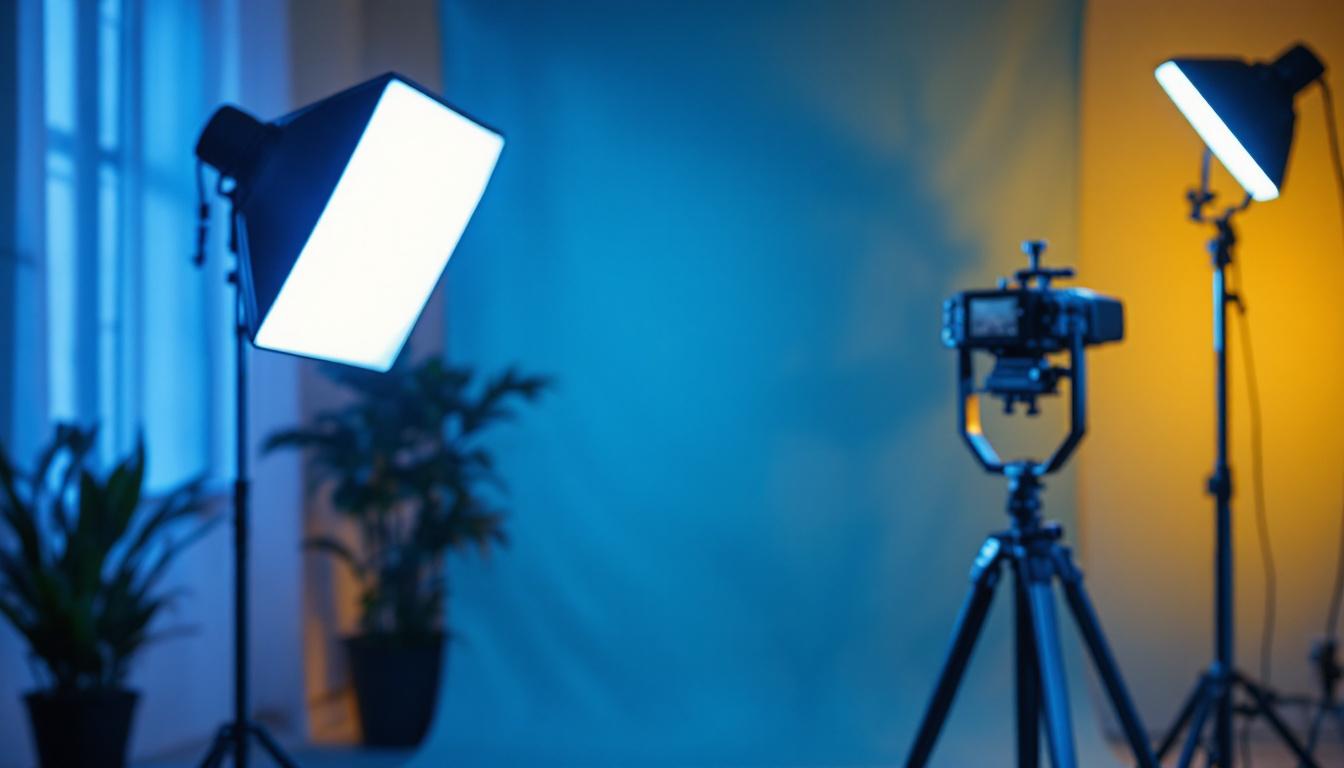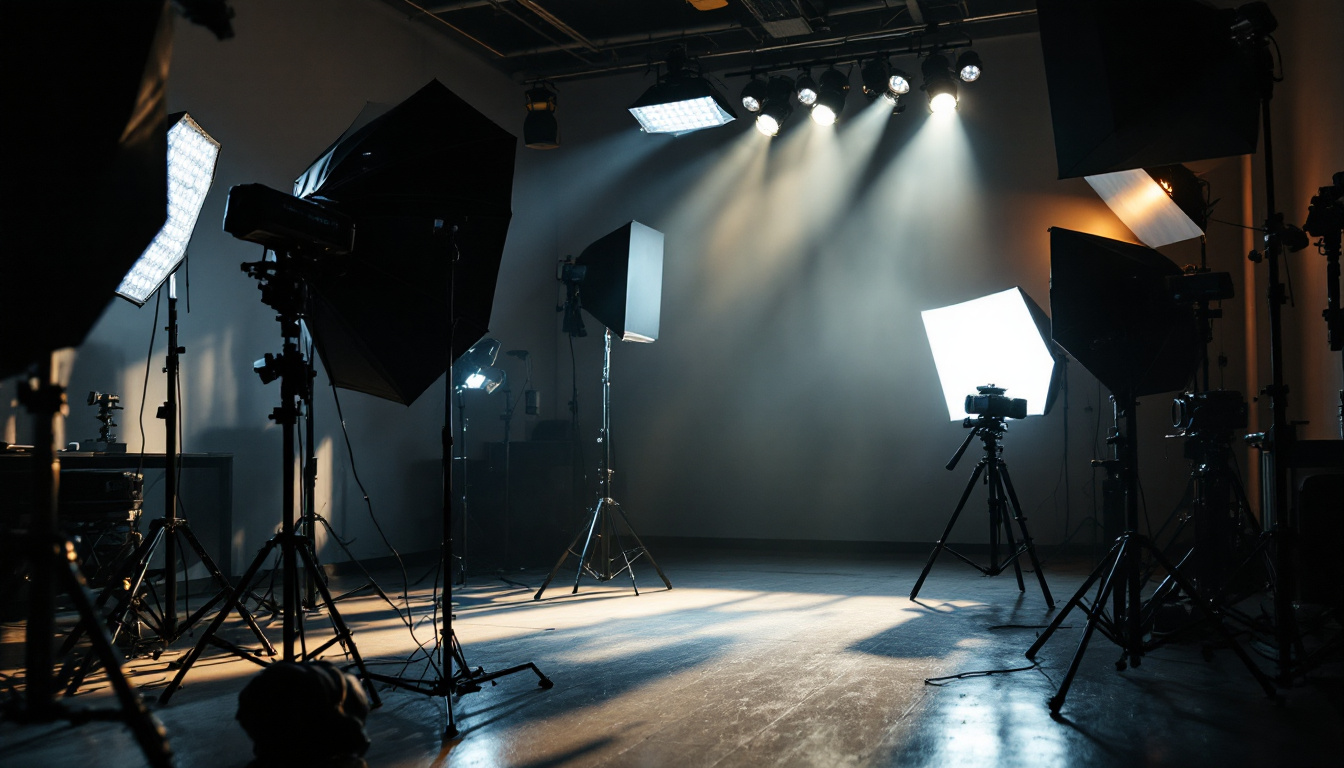
In the ever-evolving world of lighting design and installation, staying updated with the latest materials and technologies is crucial for lighting contractors. One such innovation that has garnered attention is the light aluminum square. This versatile and lightweight material is transforming the way lighting fixtures are designed and implemented. Understanding its benefits and applications can significantly enhance a contractor’s portfolio and service offerings.
Light aluminum squares are precisely engineered components used in various lighting applications. Their lightweight nature, coupled with durability, makes them an ideal choice for both indoor and outdoor settings. These squares are not only functional but also aesthetically pleasing, allowing for creative design possibilities.
Aluminum, as a material, has long been favored in the construction and design industries due to its resistance to corrosion and ease of fabrication. When shaped into square profiles, it offers a unique combination of strength and flexibility, making it suitable for a wide range of lighting solutions.
One of the defining features of light aluminum squares is their weight-to-strength ratio. This characteristic allows for easier installation and handling, reducing labor costs and time on the job site. Additionally, aluminum’s natural ability to dissipate heat effectively enhances the performance and longevity of lighting fixtures.
Moreover, light aluminum squares can be finished in various ways, including anodizing and powder coating, which not only improves their aesthetic appeal but also adds an extra layer of protection against the elements. This versatility makes them suitable for both residential and commercial projects. The finishes can be tailored to match specific design themes, from sleek and modern to rustic and traditional, allowing designers to create cohesive environments that reflect their vision.
The applications of light aluminum squares in lighting design are vast. From creating sleek, modern fixtures to supporting more traditional designs, their adaptability allows contractors to meet diverse client needs. For instance, they can be used in recessed lighting, pendant fixtures, and even outdoor lighting installations.
Furthermore, as energy-efficient LED technology continues to dominate the market, light aluminum squares can be integrated seamlessly with these systems, enhancing both performance and visual appeal. This integration not only meets the growing demand for sustainable solutions but also positions contractors as forward-thinking professionals in the industry. Additionally, the reflective properties of aluminum can amplify the brightness of LED lights, ensuring that spaces are well-lit while minimizing energy consumption. This synergy between materials and technology not only enhances functionality but also contributes to the overall ambiance of a space, making it more inviting and comfortable for occupants.
In commercial settings, light aluminum squares are increasingly being used in innovative ways, such as in the design of modular lighting systems that can be easily reconfigured to adapt to changing needs. This flexibility is particularly beneficial in environments like offices and retail spaces, where lighting requirements may shift frequently. By leveraging the lightweight and customizable nature of aluminum, designers can create dynamic lighting solutions that enhance the user experience while also being cost-effective and efficient.
Incorporating light aluminum squares into lighting projects offers numerous benefits that can enhance both the contractor’s workflow and the end-user experience. Understanding these advantages can help lighting contractors make informed decisions about their material choices.
One of the most compelling reasons to use light aluminum squares is their cost-effectiveness. While the initial investment may be higher compared to other materials, the long-term savings associated with durability and maintenance can significantly offset these costs. Aluminum’s resistance to corrosion means that fixtures have a longer lifespan, reducing the frequency of replacements and repairs.
Moreover, the lightweight nature of aluminum squares can lead to lower shipping costs and easier handling, further contributing to overall project savings. This aspect is particularly beneficial for contractors managing multiple projects simultaneously, as it streamlines logistics and reduces overhead expenses. Additionally, the energy efficiency of aluminum fixtures can lead to lower electricity bills for end-users, as they often support LED technology that requires less power, further enhancing the cost-effectiveness of the overall project.
Light aluminum squares offer unparalleled design flexibility, allowing contractors to push the boundaries of creativity. Whether creating custom fixtures or adapting existing designs, the ease of fabrication associated with aluminum enables unique shapes and configurations that can cater to specific client preferences.
This flexibility is especially valuable in today’s market, where clients increasingly seek personalized solutions that reflect their individual tastes and styles. By utilizing light aluminum squares, contractors can differentiate themselves from competitors and establish a reputation for innovative design. Furthermore, the ability to easily anodize or powder-coat aluminum allows for a wide range of finishes and colors, enabling designers to match the aesthetic of any space, from modern minimalist environments to more traditional settings. This versatility not only enhances the visual appeal of the lighting fixtures but also ensures that they can seamlessly integrate into various architectural styles, making them a preferred choice for diverse projects.
For lighting contractors, staying updated with industry trends is essential for maintaining a competitive edge. As the market evolves, new technologies and materials emerge, and understanding these changes can lead to improved project outcomes and client satisfaction.
One of the most significant trends in the lighting industry is the rise of smart lighting solutions. These systems allow for enhanced control and customization, enabling users to adjust lighting settings based on their preferences and needs. Light aluminum squares can be integrated into these systems, providing a modern and sleek aesthetic while supporting advanced functionalities.
Additionally, advancements in LED technology continue to reshape the lighting landscape. As energy efficiency becomes a top priority for both consumers and businesses, incorporating light aluminum squares into LED fixtures can enhance performance and sustainability. Contractors who stay informed about these technologies can better serve their clients and position themselves as industry leaders.
Furthermore, the integration of IoT (Internet of Things) capabilities into lighting systems is becoming increasingly prevalent. This allows for real-time data collection and analysis, enabling contractors to offer tailored solutions that can adapt to changing environments. For instance, smart sensors can detect occupancy and adjust lighting levels accordingly, resulting in energy savings and improved user experience. Keeping abreast of these developments not only enhances a contractor’s offerings but also fosters a more sustainable approach to lighting design.
Attending industry conferences, workshops, and trade shows is an excellent way for lighting contractors to stay updated on the latest trends and innovations. These events provide valuable networking opportunities, allowing contractors to connect with manufacturers, suppliers, and other professionals in the field.
Moreover, engaging in professional development through certifications and training programs can enhance a contractor’s skill set and knowledge base. By investing in education, contractors can ensure they are well-equipped to handle the latest materials and technologies, including light aluminum squares.
In addition to formal training, participating in online forums and industry-specific social media groups can also provide insights into emerging trends and best practices. These platforms allow contractors to share experiences, seek advice, and discuss challenges with peers from around the globe. Such collaborative learning environments can spark innovative ideas and solutions, further enhancing a contractor’s ability to adapt to the ever-changing landscape of the lighting industry.
While the benefits of light aluminum squares are numerous, there are also challenges and considerations that lighting contractors must keep in mind. Understanding these factors can help ensure successful project execution and client satisfaction.
Despite its many advantages, light aluminum squares do have limitations. For instance, while aluminum is lightweight and durable, it may not be suitable for all applications. In high-stress environments or where heavy loads are expected, alternative materials may be required.
Additionally, the cost of aluminum can fluctuate based on market conditions, which can impact project budgets. Contractors must stay informed about material prices and plan accordingly to avoid potential financial setbacks.
Installing fixtures made from light aluminum squares requires specific techniques and tools. Contractors must ensure they are familiar with the best practices for working with aluminum, including proper cutting, joining, and finishing methods. This knowledge is essential for achieving high-quality results and ensuring the longevity of the fixtures.
Furthermore, understanding the compatibility of light aluminum squares with other materials used in lighting design is crucial. For example, when integrating aluminum with wood or glass components, careful consideration must be given to ensure a cohesive and visually appealing final product.
In conclusion, light aluminum squares represent a significant advancement in the lighting industry, offering numerous benefits for both contractors and clients. Their lightweight, durable nature, combined with design flexibility and cost-effectiveness, makes them an attractive option for a wide range of applications.
By staying updated on industry trends, emerging technologies, and best practices, lighting contractors can harness the potential of light aluminum squares to enhance their projects and deliver exceptional results. Embracing this innovative material not only positions contractors as leaders in the field but also ensures they remain competitive in an ever-changing market.
As the lighting industry continues to evolve, those who prioritize education, networking, and adaptation will be best equipped to meet the challenges and opportunities that lie ahead. Investing in knowledge and materials like light aluminum squares is a strategic move that can lead to long-term success and client satisfaction.
Ready to elevate your lighting projects with the innovative light aluminum squares and stay ahead in the competitive market? At LumenWholesale, we’re committed to providing you with spec-grade lighting products that blend quality, affordability, and convenience. Say goodbye to inflated markups and hello to our extensive selection of top-quality lighting solutions at unbeatable wholesale prices. With free shipping on bulk orders, you can trust us to supply your lighting needs without any hidden fees. Don’t compromise on performance or cost. Explore our products now and experience the best value in wholesale lighting.

Discover everything about Light Balancer—its benefits, installation tips, and how it enhances lighting efficiency.

Discover expert techniques and innovative strategies for lighting contractors to enhance film set illumination.

Explore how Nora Lighting is revolutionizing the lighting industry with innovative solutions that boost profitability.

Discover essential insights and tips for lighting contractors in this comprehensive guide.